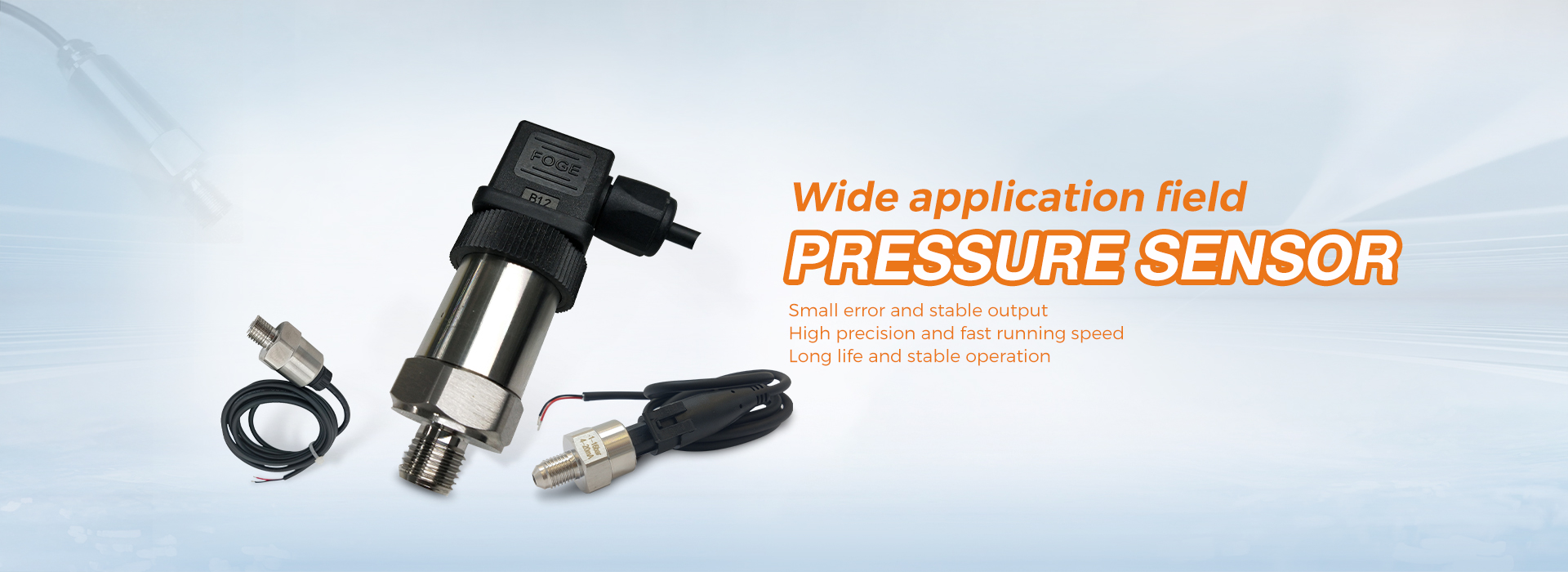Electric instruments all need power supply to supply energy, and the power supply method is also an important issue in electric instruments.There are roughly two power supply modes for current electric meters: AC power supply and DC centralized power supply.
(1) AC power supply. The power frequency 220V AC voltage is introduced into each instrument, and then the transformer is stepped down, and then rectified, filtered and stabilized as their respective power sources. This power supply method was often used in early electric instrument systems.The disadvantages are: this power supply method requires additional power transformers, rectifiers and voltage stabilizer circuits in each meter, thus increasing the volume and weight of the meter; the heat of the transformer increases the temperature rise of the meter; 220V AC is directly introduced into the meter, Reduced instrument safety.
(2) DC centralized power supply. DC centralized power supply means that each instrument is powered by a DC low-voltage power supply box.The power frequency 220V AC voltage is transformed, rectified, filtered and stabilized in the power box to supply the power of each instrument. There are many benefits of centralised power supply:
① Each meter saves the power transformer, rectifier and voltage stabilizer parts, thereby reducing the volume of the meter, reducing the weight of the meter, and reducing the heating elements, so that the temperature rise of the meter is reduced;
② Due to the use of DC low voltage centralized power supply, anti-power failure measures can be taken, so when the industrial 220V AC power is cut off, the DC low voltage (such as 24V) backup power supply can be directly input, thus forming a no-power failure device;
③ No industrial 220V AC power enters the instrument, which provides favorable conditions for the explosion-proof of the instrument.
Post time: May-25-2022



